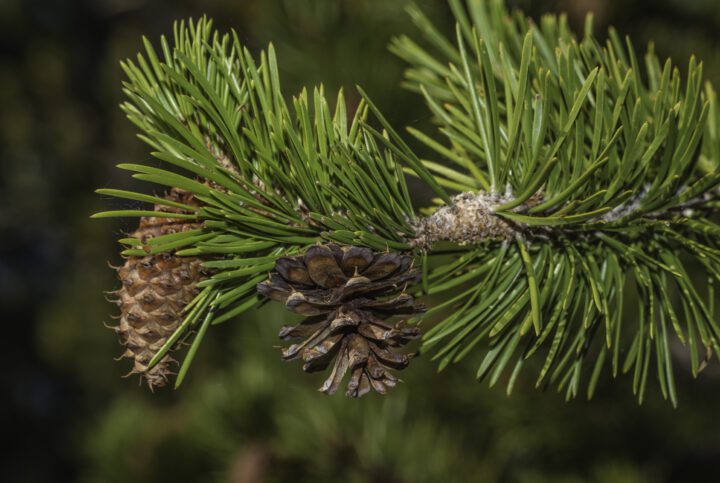Tyrosinase enzymes serve a wide variety of crosslinking functions in organisms by catalyzing the oxidation of phenols and converting them into reactive quinones.
“Biology is well known for its use of linear polymers to perform sophisticated functions. Nucleic acids store and process genetic information, while proteins perform recognition, transport, and catalytic functions. Biology also employs polymers (especially proteins and polysaccharides) to perform mechanical functions and there are several examples in which biology covalently crosslinks polymers to confer elasticity and strength. In some cases, the crosslinking enzymes have attracted attention as a simple and safe means for macromolecular processing in vitro. Here, we review recent research with two enzymes, tyrosinase and microbial transglutaminase, that are being examined for a variety of applications.” (Yang et al. 2009:576)
“Prof. [Herb] Waite’s work on mussel adhesion has demonstrated that biology offers many important lessons for materials scientists. Biology’s crosslinking enzymes may enable us to apply two such lessons. The first lesson is sustainability. Enzymes enable renewable, bio-based raw materials to be accessed to generate functional materials. We are using various natural phenols, proteins, and polysaccharides to create functional polymers and crosslinked networks. In addition to the renewable raw materials, the enzyme-catalyzed processes are expected to be inherently safe and the products environmentally-friendly (e.g., biodegradable). The second lesson is bottom-up precision assembly. A current challenge in nanotechnology is the hierarchical assembly of pre-formed nanoparticles into precise assemblies for either drug delivery or nanoelectronics. Nature is well known for its ability to employ non-covalent mechanisms (e.g., hydrogen bonds and hydrophobic interactions), molecular recognition, and self-assembly to precisely construct macromolecular assemblies from their component parts. Enzymes are capable of selectively adding covalent bonds which could stabilize macromolecular assemblies and, thus, complement self-assembly methods based on reversible physical mechanisms. As we learn these lessons, we expect a growth in the list of examples in which biology’s crosslinking enzymes are explored for technological applications.” (Yang et al. 2009:584)
“Tyrosinases are copper-containing phenol oxidase enzymes that oxidize phenolic substrates using molecular oxygen as the oxidant. The products, o-quinones, are reactive and can diffuse from the enzyme’s active site to undergo non-enzymatic reactions…
“In summary, tyrosinase s the oxidation of low molecular weight phenols and accessible phenolic moieties of macromolecules and converts these phenols into reactive quinones. The broad substrate range of tyrosinase enables this enzyme to access the diverse array of phenols that are present in nature (e.g., plant phenols) as well as the tyrosine residues of s and s. The quinones generated by tyrosinase readily react with the nucleophilic s of chitosan to yield grafted s or crosslinked networks. Importantly, quinone-chitosan reactions are facilitated by the relatively low pKa (6–6.5) of chitosan’s amines [74,75]. Also, protein-chitosan conjugates can be generated that possess chitosan’s pH-responsive solubility [61].” (Yang et al. 2009:577-80)






